Knock Knees in Children
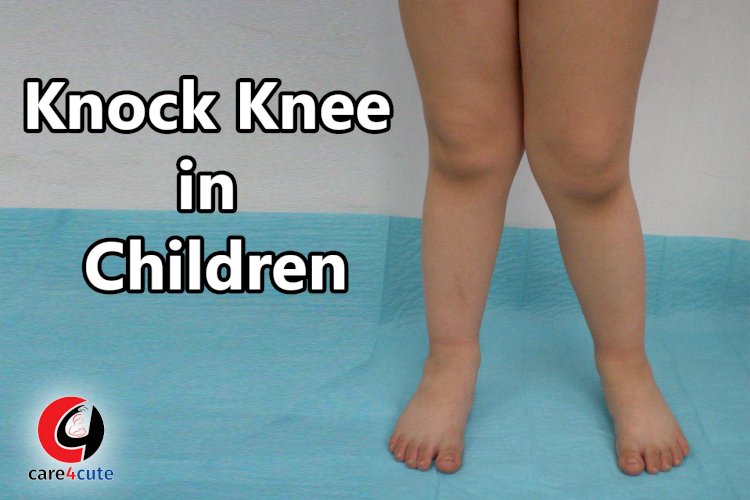
Knock Knees in Children
Genu valgum, or knock-knees, is a condition where a child’s both knees touch to each other or closed to each other but the ankles do not touch. It appears mostly in young children and can be very concerning for parents who may do not know about the condition.
Most of times, the child will grow by their knock-knees and there is very little cause for concern. But wheN this does not happen, or wheN genu valgum develops after childhood, then treatment may be needed.
What is genu valgum?
Genu valgum, or knock-knees, is common in children and usually resolves itself before puberty.
Genu valgum is more commonly called as knock-knees. When someone with knock knees stands with their knees together, there is a sizeable gap between the ankles of about 2 to 3 inches. The knees will appear to push in towards each other.
This condition is very common, affecting more than 20 percent of 3-year-olds. In most young children, the condition will naturally correct by itself. Only 1 percent of children of age around 7 years are still affected.
In rare cases, knock knees may continue into adolescence. In other cases, older children may develop it as a result of an underlying disease.
Knock knees cannot be prevented. However, there are various treatment options available that may help some of the symptoms.
Knock-knee that develops as a result of an underlying condition can be prevented if the cause is identified and treated.
Causes:-
There are several potential causes of knock knees, including metabolic bone disorders and genetic disorders. Most cases of knock knees are harmless.
Other risk factors for knock knees include:
- Obesity
- Injury or illness of the leg or knee
- Arthritis, especially in the knee
- Vitamin D and calcium deficiency
Symptoms:-
Symptoms of knock knees include a visual separation of the ankles when the knees are together. The individual’s gait is also likely to be affected as they compensate for the lack of gap between their knees.
The gait may cause other symptoms, such as:
- Pain in knee
- A limp when walking
- Pain in feet, hips, and ankles
- Joints stiffness
- Imbalance when standing
Diagnosis:-
Knock knee is not diagnosed in younger children, as the condition is common during early development. In older children and adults, a doctor will try to diagnose the cause of knock knees. The cause will determine if any treatment is needed.
To formally diagnose knock keens, a doctor would need a child’s medical history, family history and any other known pre-existing conditions that might cause knock-knees.
If pain is present, a doctor will ask where it locates, how severe it is and when it occurs most.
The doctor will also examine:
- Knee alignment on standing
- Walking pattern
- Both legs lengths
In some cases, a doctor may order an MRI or X-ray to examine the bone structure.
Top of Form
Bottom of Form
Treatment:-
Treatment for knock knees will be depends on the cause and severity of the disease. Mostly treatment may include following:
Medications and supplements:-
If an underlying disease is causing the disease, it will need to be treated first in order to correct the leg alignment. This may be treated with medications and supplements.
Regular exercise:-
A doctor may recommend some simple exercises and stretches or refer to a physiotherapist. Exercises and stretching can help strengthen muscles of the legs and realign the knees.
Physiotherapist will recommend exercises based on gait.
Orthotics:-
Orthotics is inserts placed in the shoes to help correct a child’s gait or the way their foot strikes the ground when they walk or run. This may be especially helpful for child with knock knees who have one leg that is longer than the other.
Surgery:-
If above options don’t relieve the symptom then surgery is the next option.
Surgery is not the first treatment choice. Surgery is usually reserved for the following cases:
- Severe knock-knees
- where exercise, stretching, do not relieve pain
For children, a procedure called guided growth surgery is often used. A surgeon inserts a small piece of metal into the knee. This metal plate helps the bone grow in the correct direction. Once the bone is aligned correctly, further surgery is done to remove the metal plate.
In adults and older teens, osteotomy may be used. Most likely to guided growth surgery, osteotomy involves a surgeon inserting a small metal plate into the knee. The plate is used as a permanent brace to keep the knee correctly aligned and will not be removed.
In rare cases, your doctor may recommend a knee replacement. In this case, an artificial knee that has been correctly aligned will resolve the knock knees.
In almost all cases of knock knees, the condition will resolve itself before child reaches adolescence.


























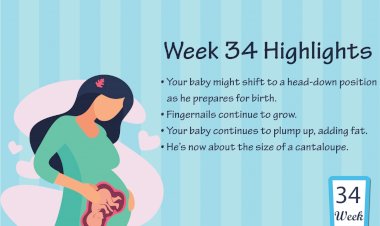



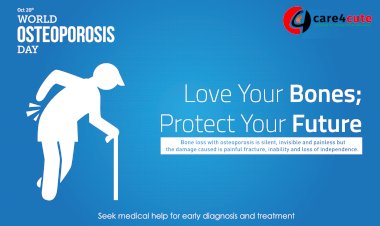

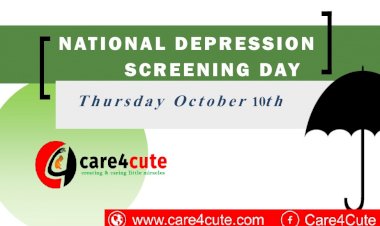
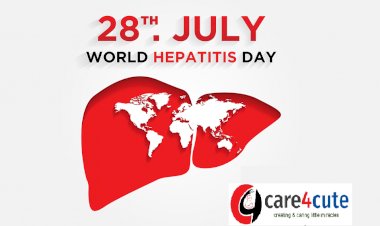

Comments (0)